7 of the World's Weirdest Beaches
A day at the beach needn’t be just another day at the beach, though. As glorious as an afternoon nap on the shore might feel, why not surprise your senses this summer? Get ready for steamy shoreline pools and Technicolor sands, and cross these beautifully bizarre beaches off your bucket list.
This three-mile confection of a beach gets its cotton candy color from white sand mixing with the red shells of a class of single-celled organisms called Foraminifera. Waves, or sometimes fish, loosen Foraminifera from their dwellings on the underside of reefs, on the sea floor, and inside caves, causing them to wash ashore. Coral reefs provide calm, shallow waters perfect for snorkeling and swimming. Pink shores aren’t unique to Harbour Island, though—you can find similarly colored beaches in Scotland, Puerto Rico, Bermuda, and the Philippines.
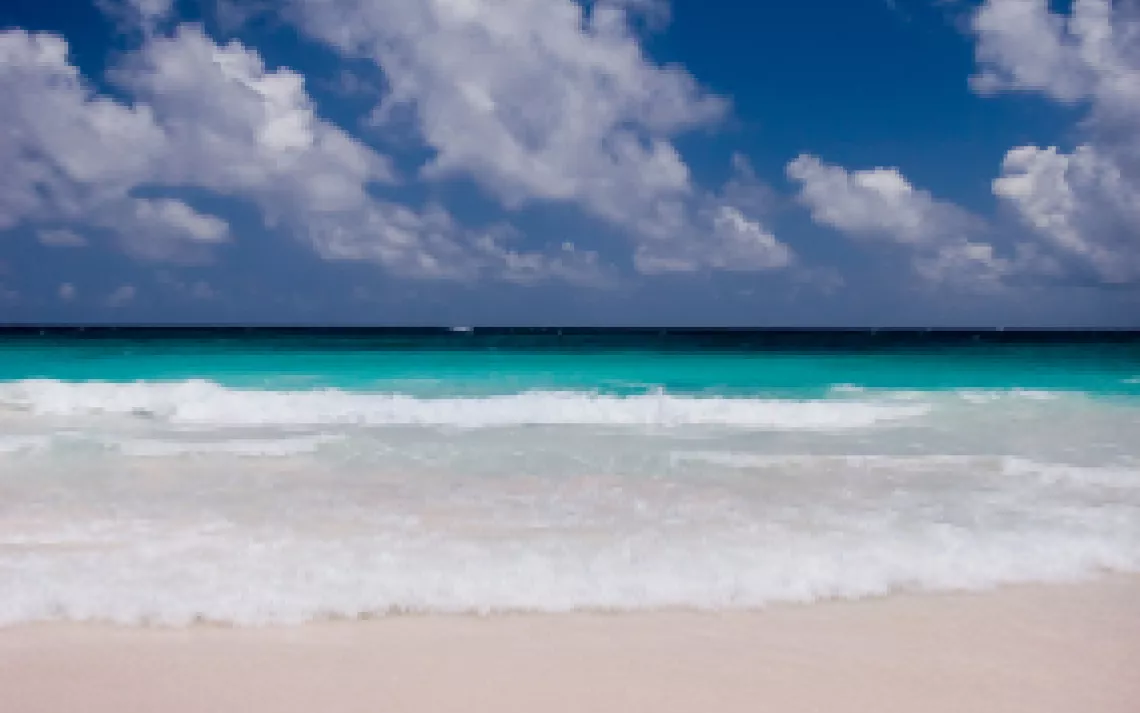
A beach in the middle of a meadow? Playa de Gulpiyuri on Spain’s northern coast is just that. Although nestled in an inland hollow 300 feet from the sea, this adorable beach is fully tidal, with waves that wash up against its tiny arc of sandy shores —thanks to a system of underground caves carved by the Cantabrian’s Sea’s briny waters. The nearby Bay of Biscay’s waters flows through the caves, filling the cove with cool, limpid water. Located near the storybook town of Llanes, the 130-foot long Playa de Gulpiyuri — a national monument and part of Spain’s Regional Network of Protected Natural Areas — draws crowds of tourists from around the world.
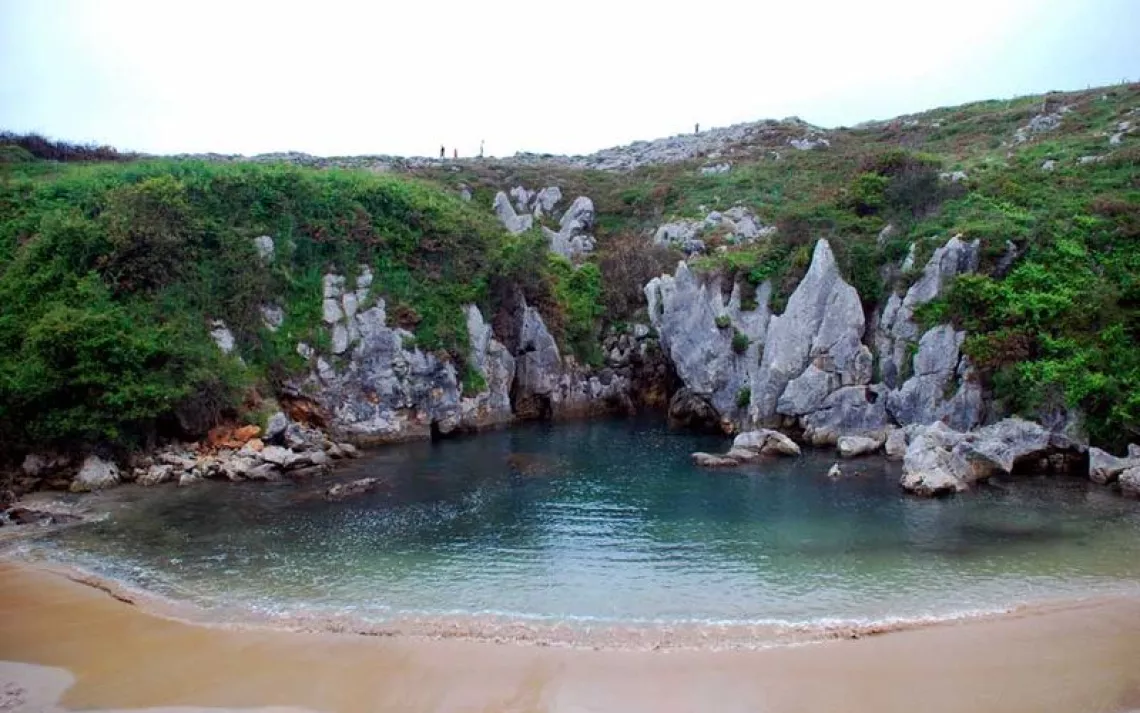
Every year around September, a ten-square mile swath of marshland in northeastern China burns a lurid vermillion. The alkali-tolerant seaweed that blankets the area, called seepweed, changes from green to red in the fall. Most of the beach, which sits near the mouth of the Liaohe River, is a protected nature reserve. However, a small section remains open to the public. Besides a brilliantly colored carpet, Panjin Red Beach boasts over 236 migratory bird species, including endangered crowned cranes and black-billed gulls. The beach is a popular pit stop for birds journeying between East Asia and Australia.
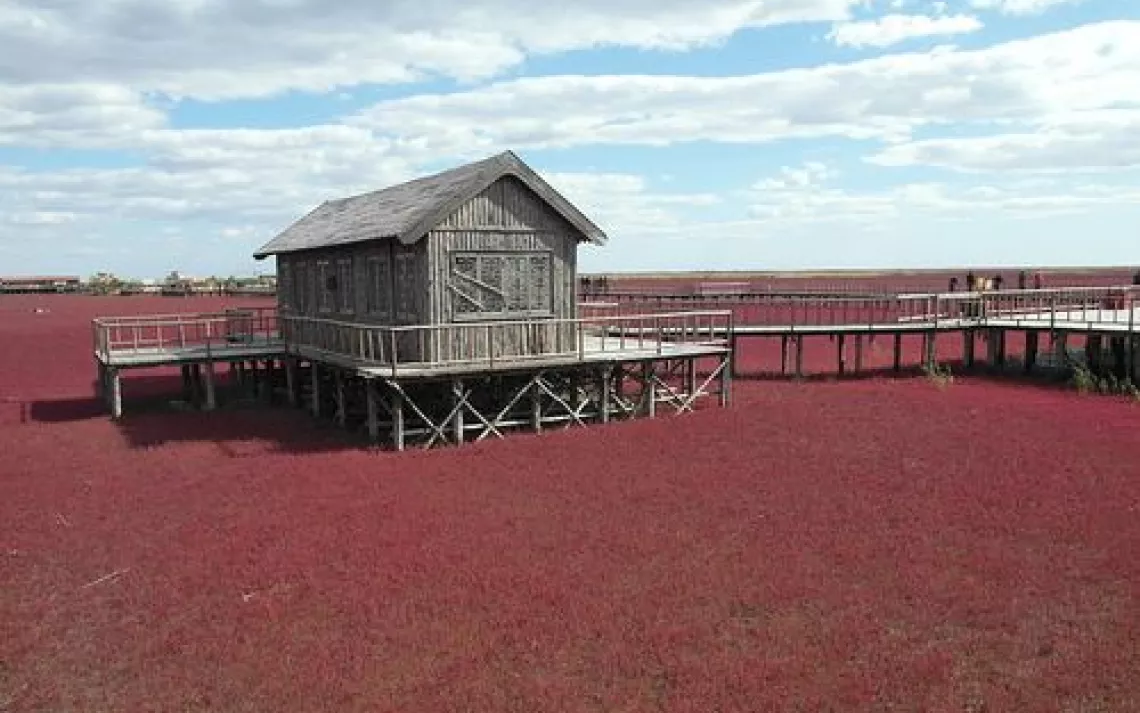
This northern California beach showcases nature’s amazing ability to restore and reclaim. In the 1940s, people began using the site of Glass Beach as a public dumping ground. Much of the refuse included old china, terracotta, and of course, glass. Nearly two decades later, the North Coast Water Quality Board created a new dump further from shore. Since then, the crashing surf has smoothed the glass shards at the original site into gleaming pebbles, called “sea glass.”
From a distance, the beach appears littered with sparkling gems in an array of colors. Sunlight causes a chemical reaction in clear glass that often results in pink and lavender hues. Rare red pieces come from automobile taillights, while even more precious cobalt blue pieces come from medicine bottles.
Collecting sea glass from the northern section of the beach, part of McKerricher State Park, is forbidden. You can pluck a few pieces from the glass beaches further south, but resist the urge to hoard so that others can enjoy their beauty.
Take a stroll to the admission-free Sea Glass Museum, and marvel at owner and operator Capt. Cass Forrington’s impressive sea glass collection, currently at 150,000 pieces and still growing. The gallery and gift shop features sea glass jewelry and art by Capt. Cass himself, as well as other artists.
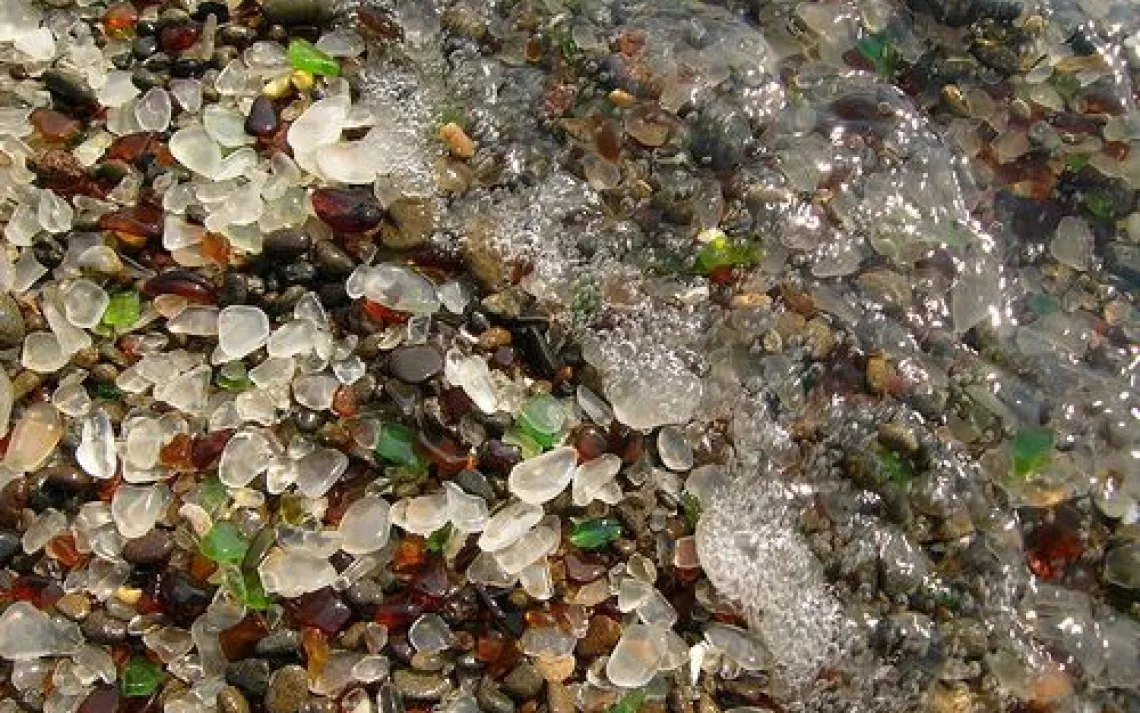
No, you haven’t stepped onto the set of Xanadu. This otherworldy beach lies south of Carmel, in Big Sur along California’s Central Coast.
Pfeiffer Beach’s purple color comes from deposits of manganese garnet, a mineral that erodes from the surrounding cliffs. As the waves lap up against the shore, they swirl the purple grains into psychedelic tie-dye patterns. Make sure to stick around for sunset, and watch the vivid ombre sky illuminate the blue ocean and violet shore.
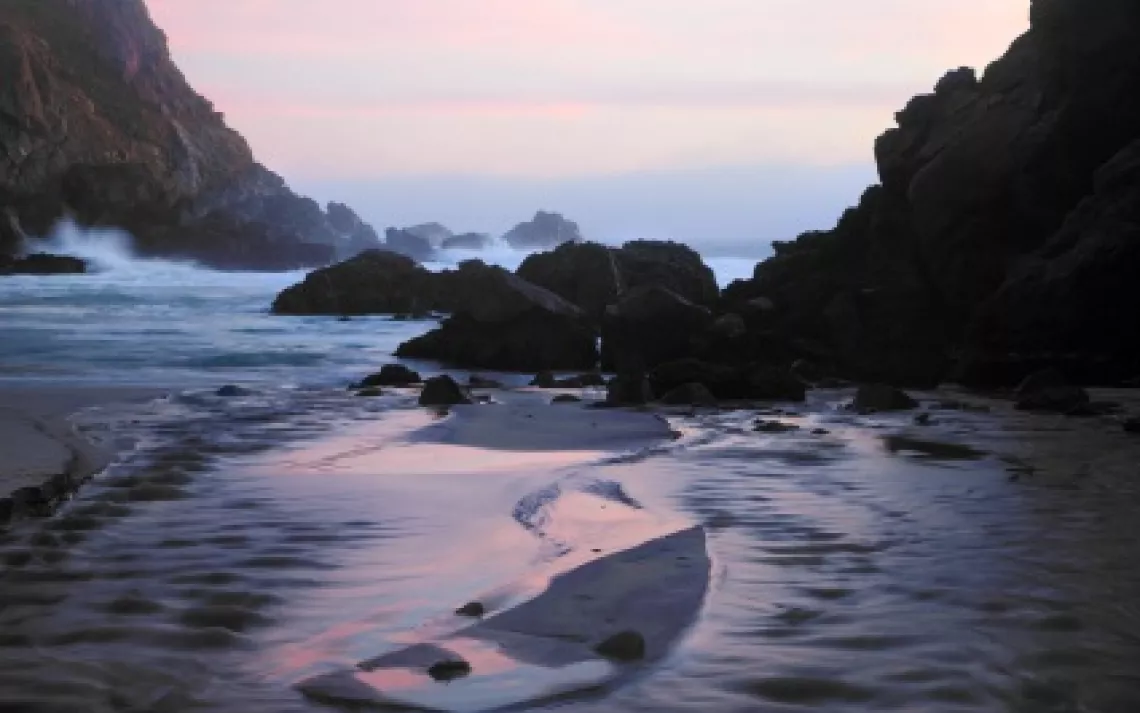
From afar, you might mistake Papakolea Beach for a golf course. But the grass you think you’re seeing is actually sand. Its green color is due to a mineral called olivine, which comes from the cinder cone — or volcanic debris — that surrounds the beach. The olivine erodes from the cinder cone onto the sand, making the Big Island's Papakolea Beach one of only two green sand beaches in the world, the other being Talofofo Beach in Guam.
Expect a daylong trek to reach Papakolea’s olive-hued shores, which lie on a lonely part of the coast far from facilities, food, or water. After driving to a dead-end road in South Point off Highway 11, you’ll need to take a steep three-mile hike to the remote spot.
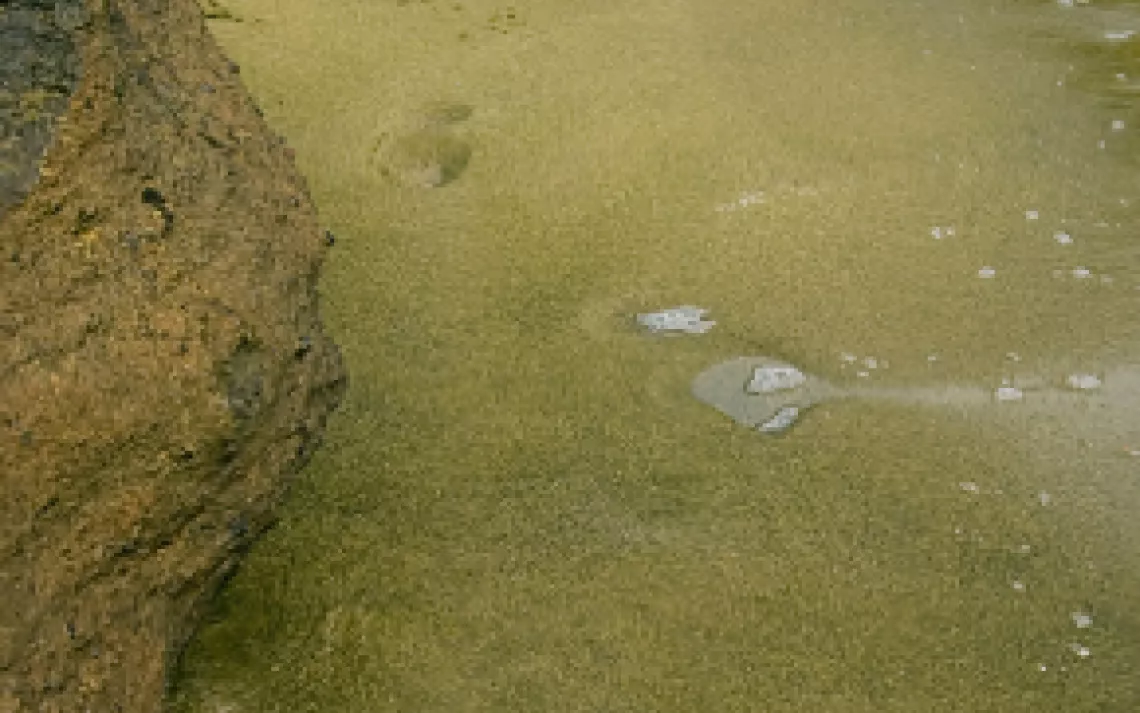
 The Magazine of The Sierra Club
The Magazine of The Sierra Club